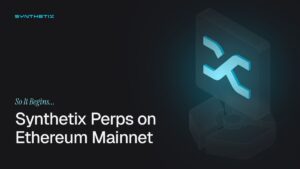With Ethereum 2.0 nearing the day it goes live, several questions have popped up, and some people have offered some guidance of what they expect from Ethereum version 2.0. Among the many questions is how will version 1.0 be linked to version 2.0 and will the value of Ether be the same as that one on mainnet?
While the above questions might seem simple, an explanation of answers to the above questions online by one user appears to be more in depth than what is expected. However, first and foremost, the issuance of Ether on the new chain that is Beacon chain will be different.
On Ethereum 1.0 issuance of Ether was tied to how many blocks will be published. However, in Ethereum 2.0, it’s bound to how much Ether is backing those blocks.
The latter will slash the number of Ether produced by 50% from mainnet’s 4.2 million to Beacon chain 100k to 2 million per year. With validators already working on testnets, they will have to share amongst themselves the 100k to 2m Ether once Ethereum 2.0 goes live.
From this scenario, the next question is how the platform will maintain the value of its chain’s tokens? Furthermore, how will the two platforms maintain their connectivity to ensure the value of Ether is managed to avoid devaluation?
Bridge Proposal
According to one user online conversant with the Ethereum platform, he proposes to create a bridge to maintain the connectivity between mainnet and Beacon Chain. The latter will work together to ensure the efficiency of the network. The bridge will act as the main area for receiving applications from users who want to be validators. Users will deposit Ether on the Bridge contract with the latter being deployed on mainnet at a known address.
Further on, Beacon chain 2.0 comes in play to process the deposits for those users, and eventually make them validators after a delay. The delay is in place to ensure no double spending occurs. With the later approved to be validators, they will work on the blocks on the Beacon chain and earn rewards solely through new issuance. The latter exercise will continue until transactions are allowed.
Further on, activation of a finality gadget a new gadget will take place through initiation from the community. The latter will be in place to store small amounts of data retrieved from past blocks in the legacy chain on Beacon chain. With the data signed and voted on by chain validators on Beacon chain, the current mainnet will be economically finalized with higher security than features currently available. In both scenarios, it shows both Ethereum versions are supporting each other economically so they should run co-currently to support each other.











